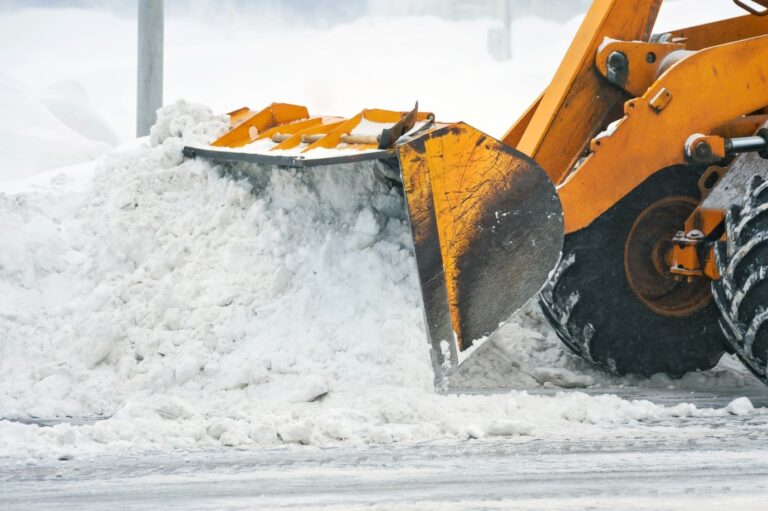The Dredger: Its Uses and Functions in Maritime Industries
Demanding industries need drastic measures to keep things running. Maritime industries need to keep ports clear and navigable for incoming and outgoing shipping traffic.
Maritime dredging is the practice of clearing and maintaining waterways for use. One of the main tools of maritime dredging is a dredger. This large vessel can perform many functions.
Read on to learn more about the dredger, its different functions, and its uses.
The Use of the Dredger in Maritime Industries
A dredger is a piece of maritime equipment used to remove silt, sand, and other materials from the seabed. It is also used for material excavation and cleaning the sea floor.
It is widely used in the maritime industry for a variety of purposes. This includes dredging ports and harbors to maintain them and create navigational channels.
In order to also have new and effective access to shipping ports, mine reclamation in the marine environment. We can also benefit from cleaning water resources for public use and flood control, beach replenishment, and marine development.
Different Types of Dredgers
Common types of dredgers include trailing suction hopper dredgers and cutter suction dredgers. There are also grab dredgers, auger dredgers, and bucket line dredgers.
Trailing suction hopper dredgers are for loading dredged materials. Including quarried material, clay, sand, or mineral deposits, into a hopper and transporting them.
Cutter suction dredgers are equipped with rotary cutters. Use for excavating, transporting, and depositing aggregates, such as gravel and sand.
Grab dredgers are typically used in harbor maintenance. Designed to scoop sediment from the ocean floor.
Auger dredgers are best used to remove sediment in the marine environment. Bucket line dredgers excavate and transport hard, compact material such as clay and rock.
Impact of the Dredger on Maritime Trade
Dredgers enable maritime trade to occur without being hampered by shallow or blocked waters. The dredger is also used to help maintain channels and waterways.
This way, ships can access ports and prevent them from suffering delays or costly damages. Its impact on maritime trade is undeniable, as it handles allowing the safe, efficient transfer of goods and services.
Leading to increased trade profits and job creation. The dredger also helps protect delicate marine organisms and ecosystems.
That could be impacted by substandard water quality. Without these vessels, many ports, rivers, and harbors would become clogged and unable to be used for transportation.
Technology Involved with Dredging
The latest advances in technology have made dredging much more efficient and effective. Geophysical surveys and 3D modeling have enabled engineers to assess the dredging site better.
Also, the machinery used has become increasingly more specialized and more powerful. Advances in technology have also allowed dredgers to become more automated.
One of the latest innovations in dredging equipment is the super shredder, a more effective way to dredge. Enabling greater levels of efficiency and accuracy.
Understanding Dredger
Dredging is an incredibly important and valuable process used in many maritime industries. It provides many services and functions.
It is clear that dredgers play an instrumental role in the current maritime industry. Contact a maritime expert today to learn more. Check out our other blog posts for more content.



